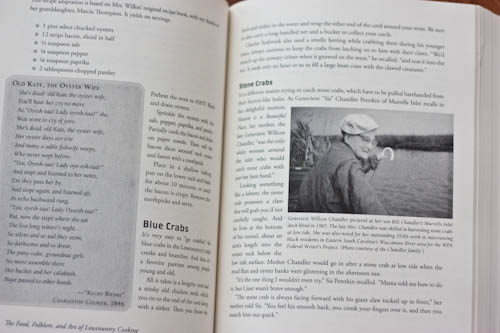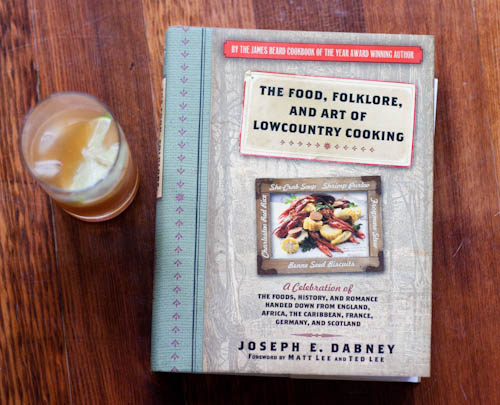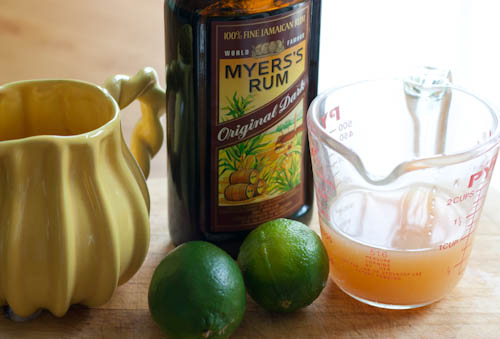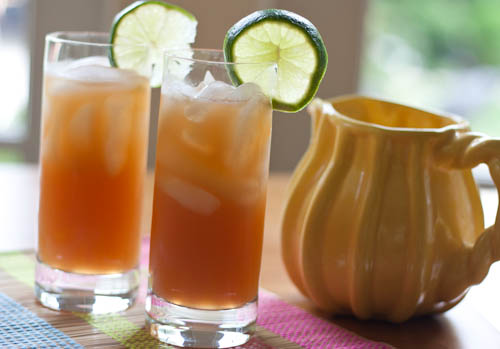I romanticize the South. I know I do it and I also know many others fall prey to thoughts of afternoon mint juleps, big willowy trees, and visions of a slower pace of life. Recently during one of my Craigslist property searches/obsessions, I ran across a little Craftsman house in Durham, North Carolina and fell in love. I called the realtor. I’ve never been to Durham and actually, I've never really been to the South (I hear Austin, TX doesn’t count). The house had sold. My coworkers rejoiced; they'd no longer have to listen to my sudden, out-of-left-field obsession with a town I'd never been to and a house I couldn't really afford. So here we are. Back to reality—and a great book by James Beard Cookbook of the Year winner, Joseph Dabney. The publisher contacted me to see if I'd be interested in checking it out, knowing that I have a fondness for Southern food and food history. After reading a brief description, I was sold. In The Food, Folklore and Art of Lowcountry Cooking, Dabney takes readers on a tour of the various regions of the Southern Lowcountry including Charleston, Beaufort, and Savannah. In this tour, he offers traditional recipes, first-hand history and lore, and stories from long-time residents and high-end chefs alike. This is, I'm guessing, a truly representative swath of a part of the country I can't wait to visit.
The book is organized into thematic chapters detailing the history of various cities and moving on to focus more specifically on infamous foods from the region like Hoppin' John, Goobers and Grits. The first chapter lays out the "big picture" and the mystique of the Lowcountry nicely. Dabney calls it "a different world," and describes coming to Charleston for the first time in the 1950's and experiencing culture shock. Many of the homes were elegant, the gardens lush, and the locals spoke in a much different-sounding dialect than the oft-recognized "twang" up North. Dabney proceeds to discuss the history of the dialect, explores the role of the rice plantations, and sheds light on the West Africa connection.

The inside pages of The Food, Folklore, and Art of Lowcountry Cooking
What I love about the book are the little interviews and profiles of real people discussing their towns, family histories, and connection to the Lowcountry. There is a true sense of pride and a love for place that is becoming rarer and rarer these days--something I certainly envy as a consistently transient, mostly urban dwelling gal with little lasting history in any one place. Much more narrative than traditional cookbook, this is a great read for folks who are interested in Southern culture, history, and language and how all three affect the foodways and traditions of the South. To be honest, I don't know that this is a book I would sit down and read cover to cover, but it is a nice one to pick up every so often and explore bit by bit.


